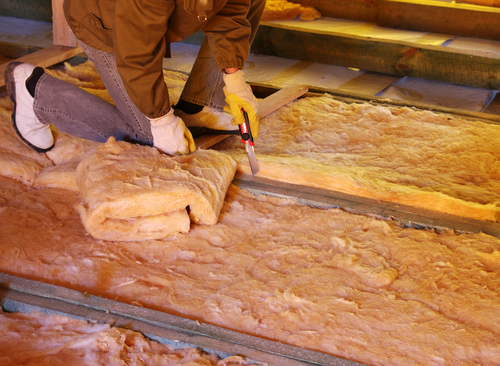Because attic air circulation is usually insufficient for any season, proper attic ventilation should be an all-year concern for homeowners. Most attics are an enclosed, unconditioned zone of acute temperature and moisture conditions that vary with the climate. What happens up there directly affects comfort levels and energy efficiency in the home. By the same token, household activities also influence attic conditions. Adequate attic ventilation helps smooth out the spikes of temperature and moisture in the attic year-round.

Summer
Solar energy radiating through the roof superheats attic air. During the hottest months, attic temperatures may reach 150 degrees. This heat energy radiates through the ceiling, boosting temperatures in rooms below by as much as 10 degrees. To offset this influence, your air conditioner compressor runs longer “On” cycles, and cooling costs climb. In addition, the oven-like conditions inside the attic can degrade wooden structural components and buckle roof sheathing, causing water leaks through displaced shingles.
Winter
The American Institute of Architects (AIA) reports that 90 percent of homes have unacceptably high levels of indoor moisture, mostly resulting from normal activities like cooking, bathing and simply breathing. In winter, warm moist room air naturally rises and migrates into attic spaces. When attic temperatures plunge at night, this moist air condenses. Condensation soaks attic insulation, destroying its capacity to resist heat transfer. Wet wooden structural components in the attic and roof warp and rot. Mold growth is also spawned.
A 1:300 attic ventilation ratio is recommended to meet today’s standards. That means one square foot of attic vent space opening to the outdoors for every 300 square feet of ceiling space. Most attics utilize passive ventilation that draws cool air in through vents below the eaves as hot air rises out of vents near the roof peak. Where existing vents cannot be enlarged or additional vents installed, attic ventilation fans are an option to increase the volume of air circulation and reduce both heat in summer and moisture accumulation in winter.
For more information about year-round attic ventilation, please contact us at Rodenhiser Plumbing, Heating & Air Conditioning. We serve the Route 495/128 area of Massachusetts.
Image via Shutterstock.com